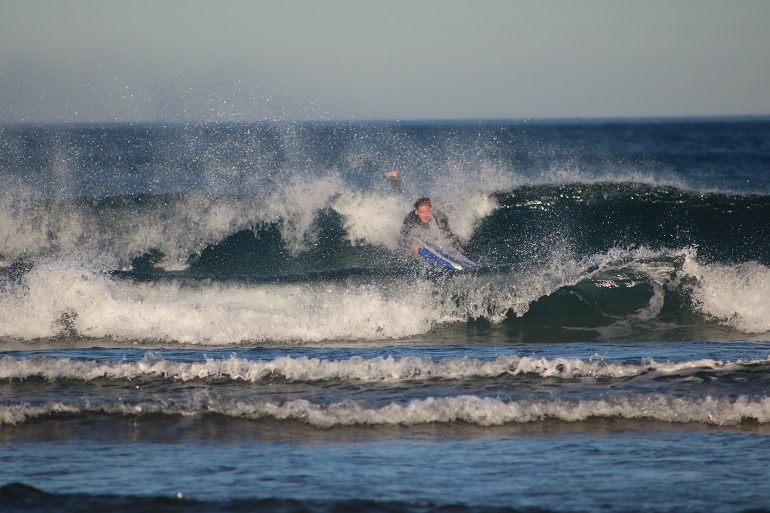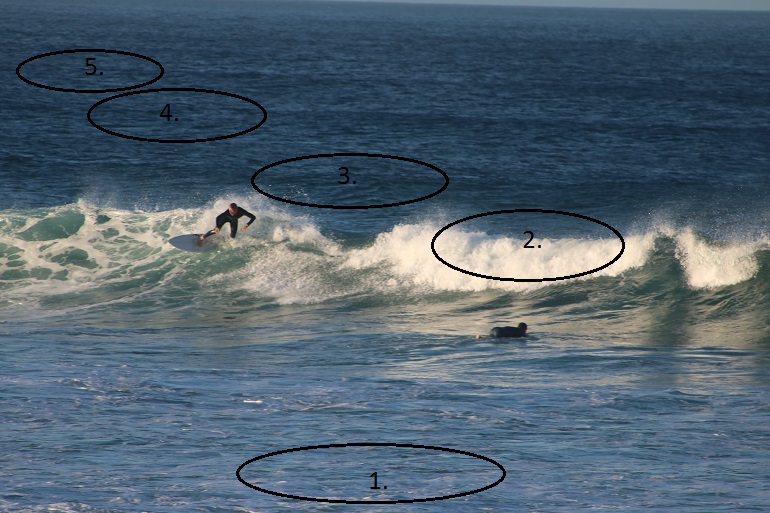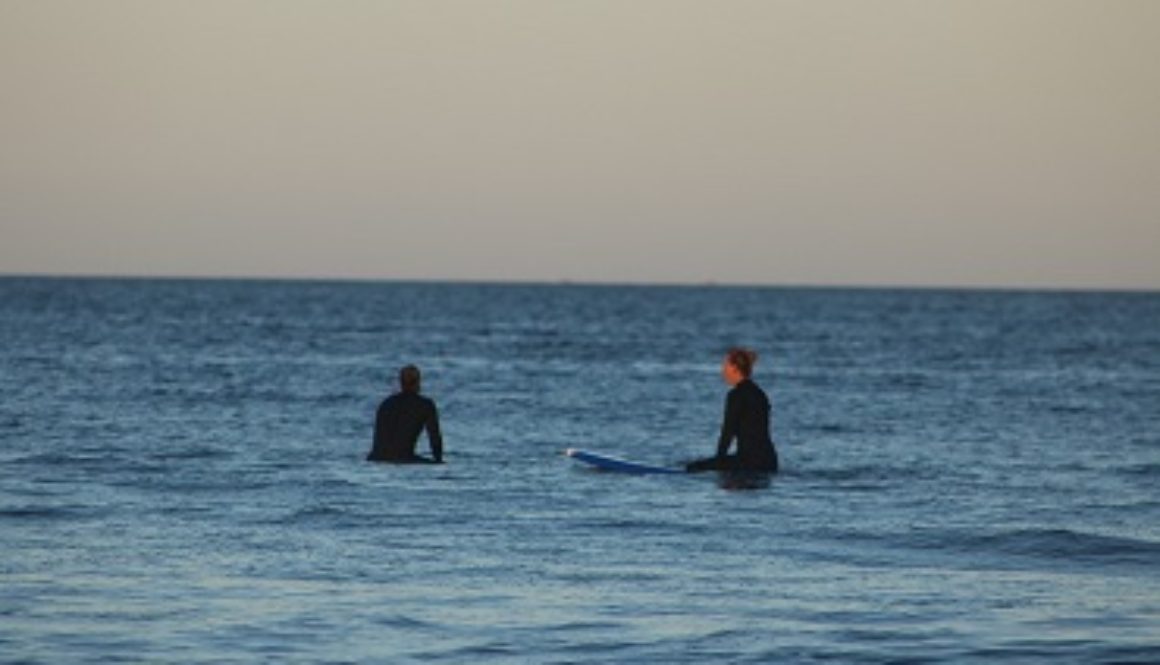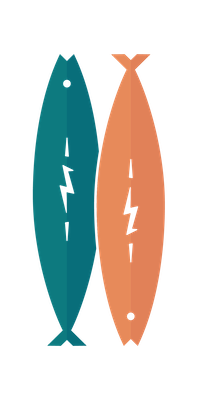How to read waves?
Reading the ocean
Today’s blog entry is with the aim of helping you reading waves and have good orientation in the water.
After spending our first summer in Portugal and teaching all levels in the waves of Caparica, I can tell that the biggest challenge for my students has been the reading of waves.
If you know the feeling of nosediving because the wave broke on you or you just couldn’t manage to catch a wave because you were sitting too far out, this article is for you.

Here are the major points to become a better wave-reader:
Initial tips:
-> Look at the horizon
-> When you see a set approaching, compare the horizon with the wave’s line.
-> Find the highest point of the wave, this is where the wave starts breaking.
-> The side with the steepest angle/slope down is the direction of the breaking wave.
-> The direction of the breaking wave is the direction of your ride.

Personal advice:
– Practice makes perfect, so be patient. You will learn by trial and error, you’ll make mistakes, misread waves but don’t give up, progress will come.
– Observe: Before you get in the water, watch some sets from the beach, so you can identify which are the biggest waves on the given day. Also watch, how far left/right and how far in/out the waves are breaking. Imagine an X-Y axis along which you will be moving – pretty much all the time.
– Try to be in motion all the time. The first couple of times you will feel like that your arms are falling off, it is going to be really tiring, but after a while you will get used to it and you can get to the breaking point of the wave at the right time.
– Find a landmark -> pick a fixed orientation point at the beach (buildings, poles, trashcans, trees), anything that will still be there in 1 hour. Compare this point with the position of the breaking waves and try to position yourself at the same line.
– Watch and learn: try to follow more experienced surfers to get a faster reaction. Start moving when they start paddling, he probably sees that a new set is approaching.
– Again, be patient! Try not to take the first wave of the set, because it is always smaller than the others after. 3 is the magic number, in my experience the 3rd wave of the set is almost always a really good choice.
– And the most important: smile and be grateful – if you catch one at the right place and time, you’ll be the happiest person on Earth after your ride.
Here’s a little video on the subject – Source: 110% Surfing Techniques
Get out there and learn!
The Magnet Projects

